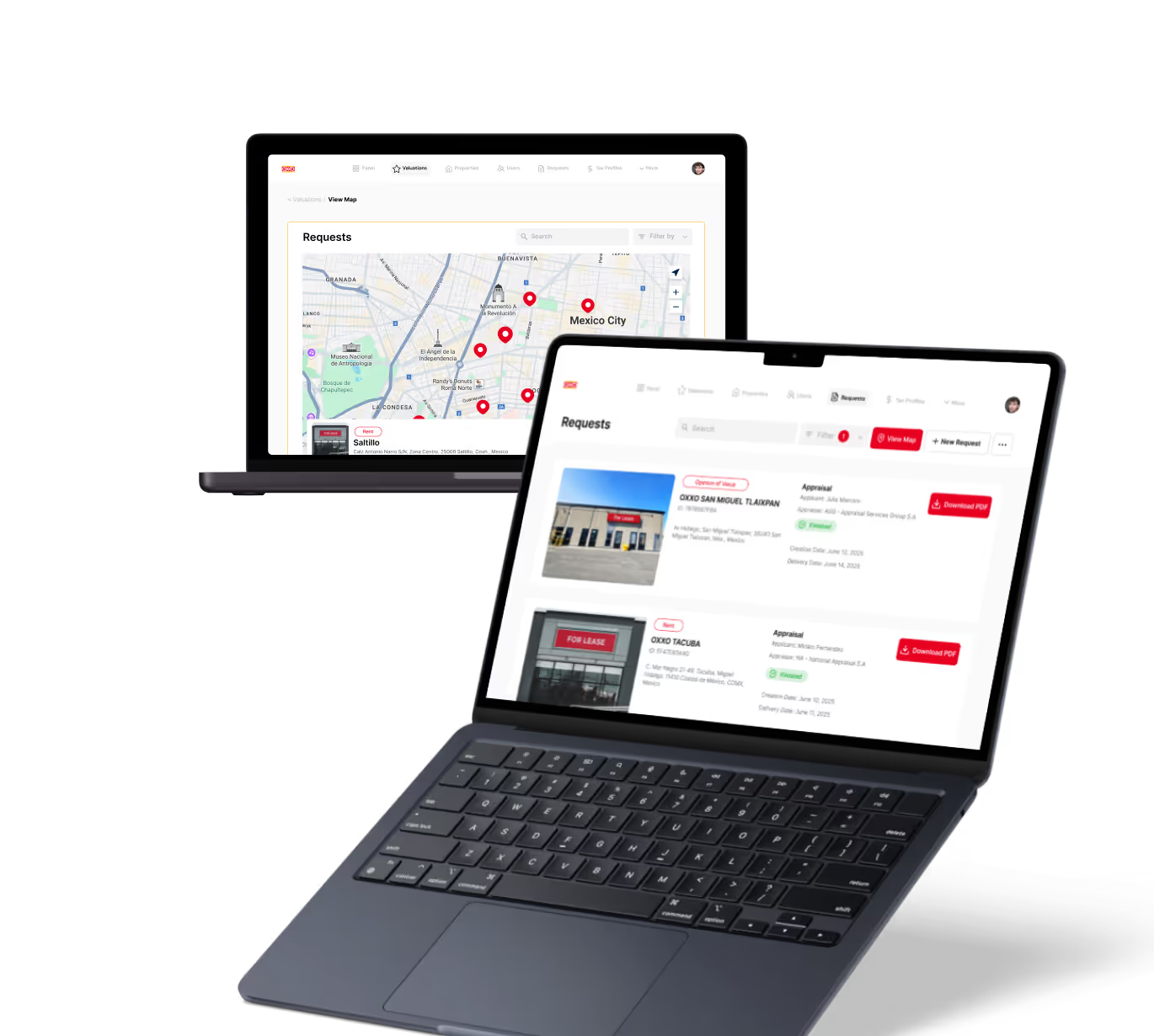Mock Testing in MVP
MVP
Explore how mock testing enhances MVP development by validating features early and saving time and resources.
Introduction to Mock Testing in MVP
When you build a minimum viable product (MVP), you want to test your ideas quickly and efficiently. Mock testing helps you do just that by simulating parts of your product before fully developing them. This way, you can find problems early and improve your product without wasting time or money.
In this article, you will learn what mock testing is, why it matters for MVPs, and how you can use it with popular no-code and low-code tools. By the end, you will see how mock testing can make your MVP stronger and your development process smoother.
What Is Mock Testing in MVP development?
Mock testing means creating fake versions of parts of your product to check how they work. Instead of building the full feature, you build a simple model or simulation. This helps you test ideas and user flows early on.
For example, if your MVP needs a payment system, you might mock the payment process to see how users react without connecting to real payment gateways. This saves time and lets you focus on what matters most.
- Simulates features or APIs
- Tests user interactions
- Identifies bugs or design issues early
- Reduces development costs
Mock testing is especially useful in MVPs because it allows you to validate your assumptions before investing heavily in coding.
Benefits of Mock Testing for MVP
Mock testing brings many advantages when you are building an MVP. It helps you learn faster and avoid common mistakes. Here are some key benefits:
- Faster Feedback: You get quick insights from users without waiting for full development.
- Cost Efficiency: Mocking features costs less than building them completely.
- Risk Reduction: You spot problems early, reducing the chance of failure.
- Improved User Experience: Testing flows helps you design better interfaces.
- Flexibility: You can change or remove mocked features easily based on feedback.
These benefits help startups and businesses focus on what users really want, making MVPs more successful.
How to Perform Mock Testing in MVP
Mock testing is simple if you follow a clear process. Here are the main steps to perform mock testing in your MVP development:
- Identify Key Features: Choose which parts of your MVP to mock, usually the most complex or risky.
- Create Mock Versions: Use no-code tools like bubble or Glide to build simple versions of these features.
- Test with Users: Share your mock with real users or stakeholders to gather feedback.
- Analyze Results: Look for issues, confusion, or missing elements in the mock.
- Iterate: Update your mock based on feedback and repeat testing if needed.
This cycle helps you improve your MVP step-by-step without heavy coding.
Top Tools for Mock Testing in MVP
Several no-code and low-code platforms make mock testing easy and effective. Here are some popular tools you can use:
- bubble: Build interactive web app mocks with workflows and user logic.
- Glide: Create mobile app prototypes using Google Sheets data.
- Figma: Design clickable UI mockups to simulate user flows.
- FlutterFlow: Develop app prototypes with real backend integration options.
- Make (Integromat): Automate mock API responses and simulate backend processes.
- Zapier: Connect apps to mimic feature interactions without coding.
Using these tools, you can build realistic mocks that help you test and validate your MVP ideas quickly.
Real-World Examples of Mock Testing in MVP
Many startups and companies use mock testing to improve their MVPs. Here are some examples:
- Startup A: Used bubble to mock a booking system before building the full app. They found user flow issues early and saved weeks of development.
- Startup B: Created a Glide prototype for a delivery app. Testing with users helped them refine the interface and add key features.
- Company C: Used Figma to design and test a new dashboard. The clickable mock helped stakeholders understand the product and give feedback.
These examples show how mock testing can reduce risks and improve product quality.
Best Practices for Effective Mock Testing in MVP
To get the most from mock testing, follow these best practices:
- Focus on Critical Features: Mock the parts that matter most to users and your business goals.
- Keep It Simple: Your mock should be easy to build and understand.
- Test Early and Often: Don’t wait until the end; test your mocks with users regularly.
- Gather Clear Feedback: Ask specific questions to learn what works and what doesn’t.
- Be Ready to Pivot: Use feedback to change your MVP direction if needed.
Following these tips ensures your mock testing drives real improvements.
Conclusion
Mock testing is a powerful way to improve your MVP development. It helps you test ideas quickly, save money, and reduce risks. By simulating features early, you can learn what users want and build better products.
Using no-code and low-code tools like bubble, Glide, and Figma makes mock testing accessible to everyone. Start mocking your MVP features today to get faster feedback and create products that truly succeed.
FAQs
What does mock testing mean in MVP development?
Why is mock testing important for MVPs?
Which tools are best for mock testing MVPs?
How do I start mock testing my MVP?
Can mock testing replace full product development?
How often should I perform mock testing during MVP creation?
Related Terms
See our numbers
315+
entrepreneurs and businesses trust LowCode Agency
Investing in custom business software pays off
We were managing property valuations across multiple brands, and the complexity was overwhelming our traditional processes. Every day of delay in property evaluation meant potential lost revenue and competitive disadvantage.
15,000+
property valuations managed through centralized platform
40%
reduction in valuation processing time

J.Antonio Avalos
,
Product Manager Lead
OXXO



%20(Custom).avif)